Majestic Montserrat
- AMCL Schatz

- Mar 5, 2023
- 9 min read
Northwest of Barcelona is Catalonia's most beautiful mountain retreat. Montserrat is a multi-peaked, jagged mountain range famous for its unique rock formations, monastery, and national park.
Montserrat literally means “saw mountain” in Catalan. When viewed from afar, it does look serrated and reminds one of the carpenter's tool. It has three main peaks – Sant Jeroni, Montgros, and Miranda de las Aguilles. It is also Spain’s first national park.
People visit Montserrat for various reasons – some to study it’s geology (the mountain is composed of strikingly pink conglomerate, a form of sedimentary rock), some to hike its paths or climb its rocks, and some to ride the funicular to enjoy the sunrise or sunset view at its highest peak…but most go there for religious reasons.
Montserrat is home to the Benedictine Abbey of Santa Maria de Montserrat, which hosts the Virgin of Montserrat (the Black Madonna of Catalonia) sanctuary. Pilgrims flock every year to venerate the Virgin Mary, who is known to have performed numerous miracles. But apart from the Catholic devotions, some Arthurian myth enthusiasts, who believe that this is the true location of the Holy Grail, also make this special trip.
The abbey can be reached by road, by cable car, or by railway. We were obviously taking the road route on our tour bus, but as we ascended the steep mountains and zig-zagged our way through the steep inclines, we all wondered if this was the safest option. Despite our driver’s many years of experience and familiarity with the terrain of most of northern Spain, a quick glance at the cliffs and gorges through our bus window was enough to give one an anxiety attack (and one of my travel amigas, who has a fear of heights, opted to sleep it out during the trip, while most of us attempted to capture the view from the windows of our bus).
The shrine comprises the Basilica of the Virgin Mary of Montserrat and the Benedictine Abbey nestling in the towers and crags of the mountain.
We entered through an imposing stone-arched gateway with metal-clad doors, said to be from the original monastery. Inside is a vast courtyard with arches, statues, steps, lampposts, buildings, trees, etc. It's like entering another world with a picturesque backdrop of oddly-shaped giant rocks. The place was just so surreal.
We walked through the Plaza Santa Maria, the main square, where one can find a viewpoint with five arches on its right side with statues of different saints. To the left stands the Gothic abbey, where the monks live. It features several columns adorned with plant and animal motifs and symbolic figures. The abbey dates back to the 9th century and legend has it that this was once was home to the Holy Grail (some believe that it still might be somewhere there). The abbey grounds can be visited, but the monks' quarters are off-limits.
We headed straight to the Basilica as soon as we arrived. It has a façade that precedes the church proper and leads to an atrium, the open-roofed courtyard area. The atrium is dominated by another façade that leads to the interior of the Basilica. This one is made of brick and features sculptures of Jesus Christ and the 12 Apostles surrounding Him, as well as a huge round glass window, and a clock on top. Here, one can find statues, paintings, and 16th-century sepulchers of Catalan royals.
The iron statue of Saint Benedict is to the left and beside it is the entrance to the "forbidden" area. Our Tour Director explained that this leads to the cloister where the monks live. As I've previously mentioned, it is not open to the public, as this is still an active monastery with about 80 monks in residence.
The door also connects to the library. He clarified that "forbidden" means, visitors have no access, but students are allowed once they obtain a permit. Apparently, the library has an extensive collection of more than 300,000 volumes, 1,500 manuscripts, 500 ancient maps, 400 incunabula, and more than 200 Egyptian papyri.
To the right of the atrium are sgraffitos (a technique produced by applying layers of plaster tinted in contrasting colours, something like a scratch; think of the Italian word graffiti) featuring the history of Montserrat, and next to them are images of the other basilicas in the world, that together with Montserrat, make up the "Marian Route." There is also a baptistry with a beautiful doorway that has images depicting the sacraments of the Church beginning with Baptism. Next to the baptistry is a statue of St. Ignatius of Loyola and a stone dating back to 1603 with Latin inscriptions stating that St. Ignatius spent a night vigil there before the holy image of the Blessed Mother.
The atrium features a gorgeous black and white marble floor with Latin inscriptions at the centre to mark the spot where the altar of the old church was and where the venerated image of our Lady was first installed. This floor was inspired by the Capitolium in Rome designed by Michelangelo, but as I have never been to Rome, I had no point of comparison.
I noticed that there were several people praying with their arms outstretched, as if reaching out to heaven. I also heard some loud chanting. I had never seen this before in any of the Spanish churches we had been to. Our Tour Director said that since Catalonia is a Mediterranean region and has links to the Eastern churches, we sometimes see pilgrims here who pray according to the traditions of the Eastern rite.
We saw a long line up by the entrance and we were disheartened. But we soon realized that the queue was only for going up the altar to have a good look at and kiss the statue of Our Lady. There was no line up to go inside the church.
As we stepped in, we were greeted by lots of white marble and gold. One will notice the marriage of Gothic and Renaissance styles in the interior design. There is one central aisle with a single nave supported by central columns carved in wood. There are several Gothic arches that separate the six side chapels.
The Basilica was severely damaged during the Peninsular War against Napoleon’s France in the 1800s and was reconstructed using Renaissance and Catalan styles, giving it a somewhat eclectic look with its ornate hanging candles, wall mosaics, decorated paintings, and reliefs. Some items that caught my attention were the Crucifix with an ivory statue of Jesus Christ; the wooden sculptures of prophets Isaiah, Jeremiah, Ezekiel and Daniel; the collection of lamps donated by devotees; and the giant pipe organ, considered to be one of the largest in Europe.
On the upper apse of the altar is a gilded shrine with an ornate window containing the silver throne of Mary covered in Venetian mosaics. On each side are embossed reliefs representing the Nativity and the Visitation, as well as nine silver lamps representing the dioceses of Catalonia, and Montserrat. Above her head are sculpted angels.
The beautiful Romanesque 12th-century Black Madonna statue is depicted with the Child Jesus on her lap, both dark-skinned, crowned, and garbed in gold. The Blessed Mother holds a sphere (which symbolizes the universe) in her right hand, while Jesus has His right hand raised in blessing and holds a pinecone in the left, a sign of fertility and long life.
The statue is encased in glass, except for the sphere. The tradition is for pilgrims to hold or kiss this hand holding the sphere. But as we had already realized at the entrance, we would not have the opportunity to touch the Virgin Mary’s statue. Lining up would take us at least an hour and a half, according to our calculations.
Instead, we just spent some time in prayer inside the church and then exited through the Ave Maria Path, where we lit candles for our prayer intentions.
Outside the church, we bumped into our Tour Director and we shared our disappointment over not getting the chance to touch the statue. It was of course, something beyond his control, due to the large crowds and the limited time. He, however, did the next best thing. He walked with us to the souvenir shop and gave us a brief backgrounder of the Black Madonna.
The statue is more famously known as, La Moreneta (the little dark-skinned one) because of its colour. According to legend, the original statue dates back to 50 A.D., and was supposedly carved by Saint Luke while he lived in Jerusalem. Through a series of unexplained events, the statue was moved to Egypt, and in the late 700s, it was taken to Barcelona to escape the destruction from Moorish invaders. Then, it disappeared. They say it was taken to the mountains to protect it from the Saracen attacks.
The statue was discovered in the year 880 by some shepherds who saw a strange light in the sky and heard music coming from a cave in the mountain. They found the statue enthroned in a ledge inside the cave. Attempts to take the statue in procession to the Cathedral failed, since, as they proceeded, the statue became heavier and heavier. This was interpreted as a sign that they should leave it at a nearby abbey. In the 9th century, the abbey was expanded to four chapels, and in the 11th century, a bigger monastery was founded.
From that moment on, the statue remained on the Montserrat mountain and pilgrims started to come, making it one of the most famous pilgrimage sights in Spain. The statue became even more popular after people started reporting miracles and attributing it mystical healing powers. In the 16th century, the church was expanded into a Basilica and a shrine was built to receive more pilgrims. In 1881, the Montserrat Madonna was crowned in accordance with Canon Law and proclaimed patron saint of Catalonia by Pope Leo XIII.
There is a replica of the statue at the Holy Grotto, the spot where it was discovered, but it is only accessible by following the walking paths carved along the mountain ridge, or by taking the funicular, both of which, we did not have the luxury of time to do.
Our Tour Director directed us to one prominent display windows of the souvenir shop and showed us another replica of the Virgin Mary. For now, this was the best he could do to help us see the statue up close. He said that this replica has the exact size and dimensions of the original.
After he left, we shopped for religious souvenir items and since we spotted a cafeteria nearby, we also made a pit stop for some snacks. It was huge, with two floors. One side was a self-service area for sandwiches, chips, and drinks, and the other was for hot plates. It was crowded, so I just got myself a cup of coffee and a little pastry.
We explored the surrounding area some more and took notes of what else the shrine has to offer. There is a museum, which we heard has accumulated a valuable collection of artistic works, thanks to the generosity of private donors, and the artists themselves, and of course, the hard work of the monks. There is a choir school that trains young boys to sing as part of the 50-member Escolania, one of the oldest and most famous boys’ choir in Europe. They sing the “Salve Regina” and the “Virolai (hymn of Montserrat) at the church daily at one o’clock. Too bad, we missed it! There is a scriptorium, dedicated to the study of the scriptures and which was the place where the monks copied the books from the past and composed books of the present time. There is also the library that I previously mentioned, a publishing house/printing press that also sell books, and a disc abbey that produces records generated by the Ministry Chapel Choir of Montserrat composed of monks, and of course, the Escolania. We just walked around and took photos.
One can also take the funicular or cable car, or hike up Montserrat’s highest point, Sant Jeroni. From there, one can see the whole of Catalonia, and on a nice, bright day, even the island of Majorca. There are also several well-marked trails around the peak. I thought to myself, my husband would love to come here, even only for this. The landscape alone makes up for the seemingly challenging hike.
On the gastronomic front, there are two specialty restaurants. The first one specializes in Catalan cuisine and is set in a beautiful, curved stone interior. The other one specializes in Mediterranean food and offers breathtaking panoramas of the mountains and the Llobregat valley from its huge windows. Alas, there was no time to for a sit-down meal.
However, we got a little consolation as we made our way out. Apart from the deli shops that offered local gourmet products, there was a farmers’ market selling delectable homemade goods from the locals such as pastries, canned honey, preserves, cured meat, candies, and dried fruits.
The stars of the tables were two kinds of cheese, available only in Montserrat. The first one is the Mato de Montserrat, an unsalted cheese made from cow or goat’s milk and is very fresh since it is sold while only a few days old. It is typically eaten as a dessert, topped with jam or honey. The second one is called the Tupi, made from an ancient Catalan tradition that is still done today. Tupi is the name of the clay jar where cheese, made from pasteurized cow, sheep, or goat’s milk, is stored along with an aniseed liquor. The cheese is fermented, giving it a punchy and fruity flavour. The vendors were generous with their food samples, so I literally tried everything. I really liked the Mato de Montserrat. Unfortunately, I couldn’t take some home due to its delicate nature.
We bid goodbye to this wonderful mountain town with a taste of its local flavours in our mouths. I remember telling our Tour Director, that among all the places, we have visited so far, this is the one I will definitely “sell” to my geologist husband. I would very much like to come back, not only to kiss the Blessed Virgin’s hand, but to also do all the things we have missed in this excursion.
Photo Credits:
viator.com, earthtrekkers.com, BCN Travel, montserrat-tourist-guide.com, montserratvisita.com, findingtheuniverse.com. world-cheese-map.com


































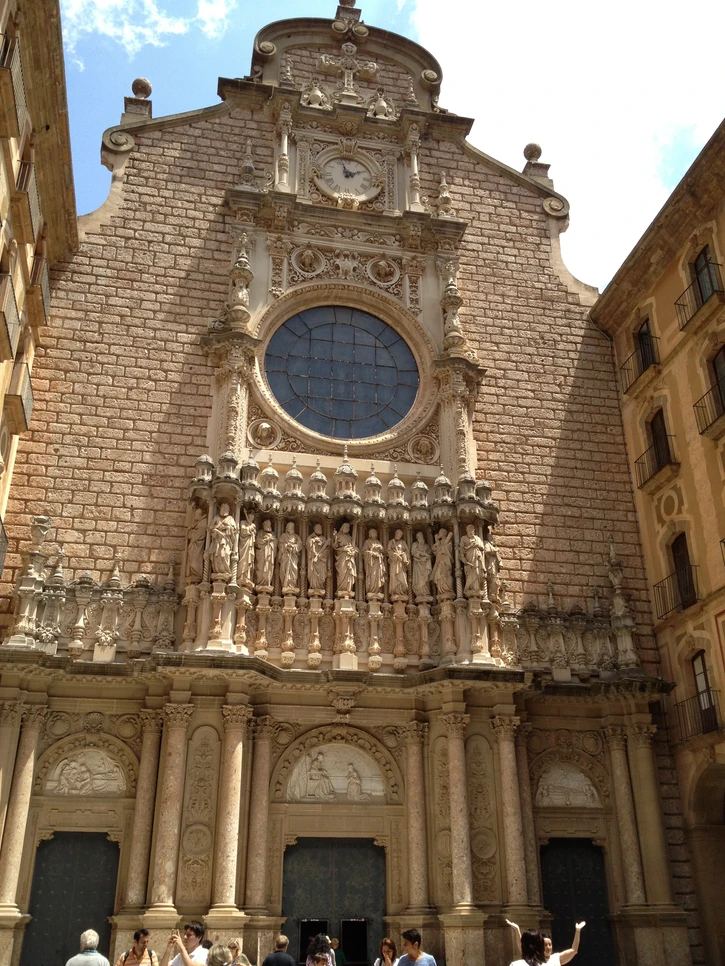


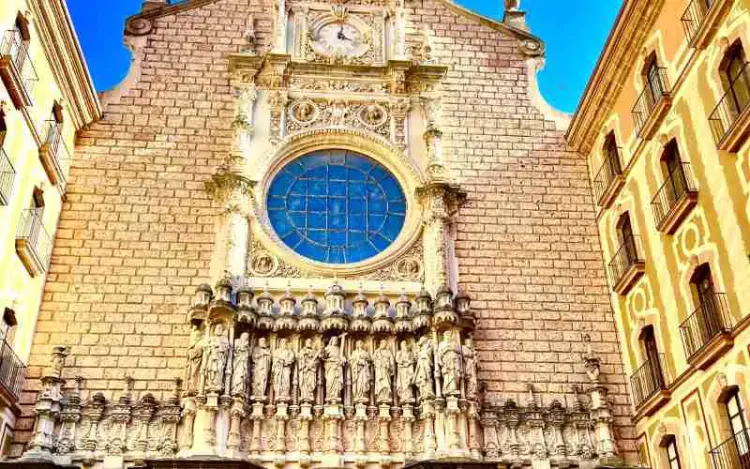










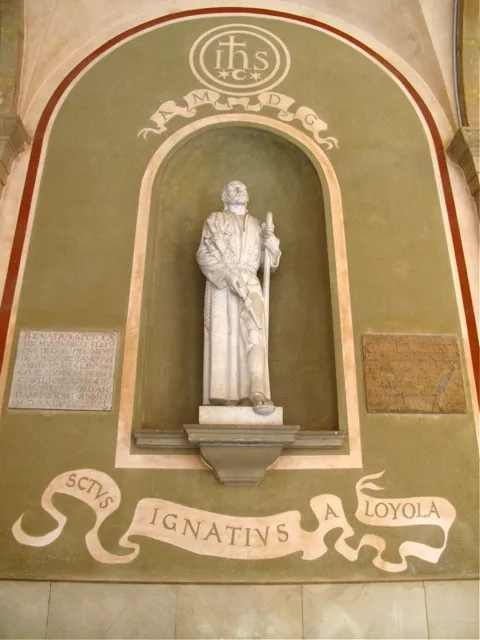






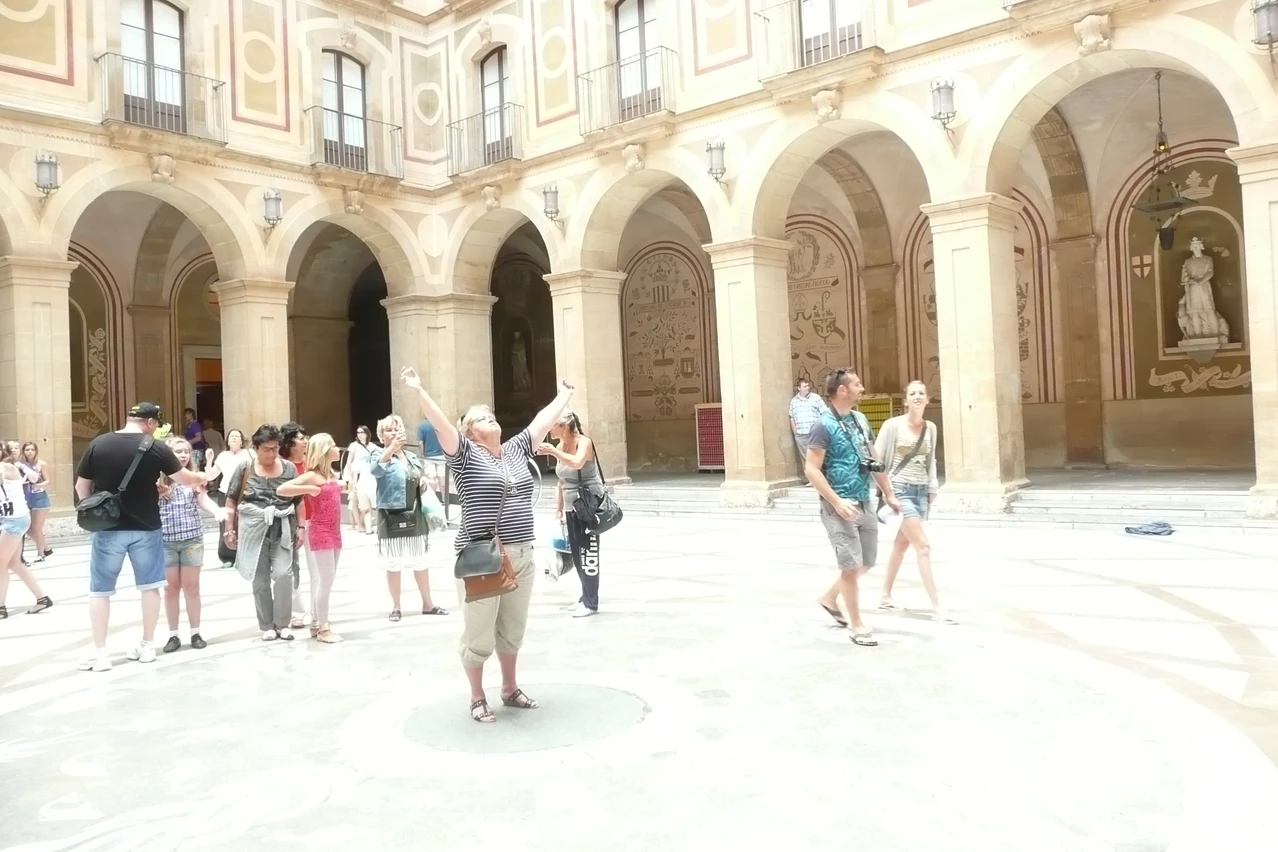








































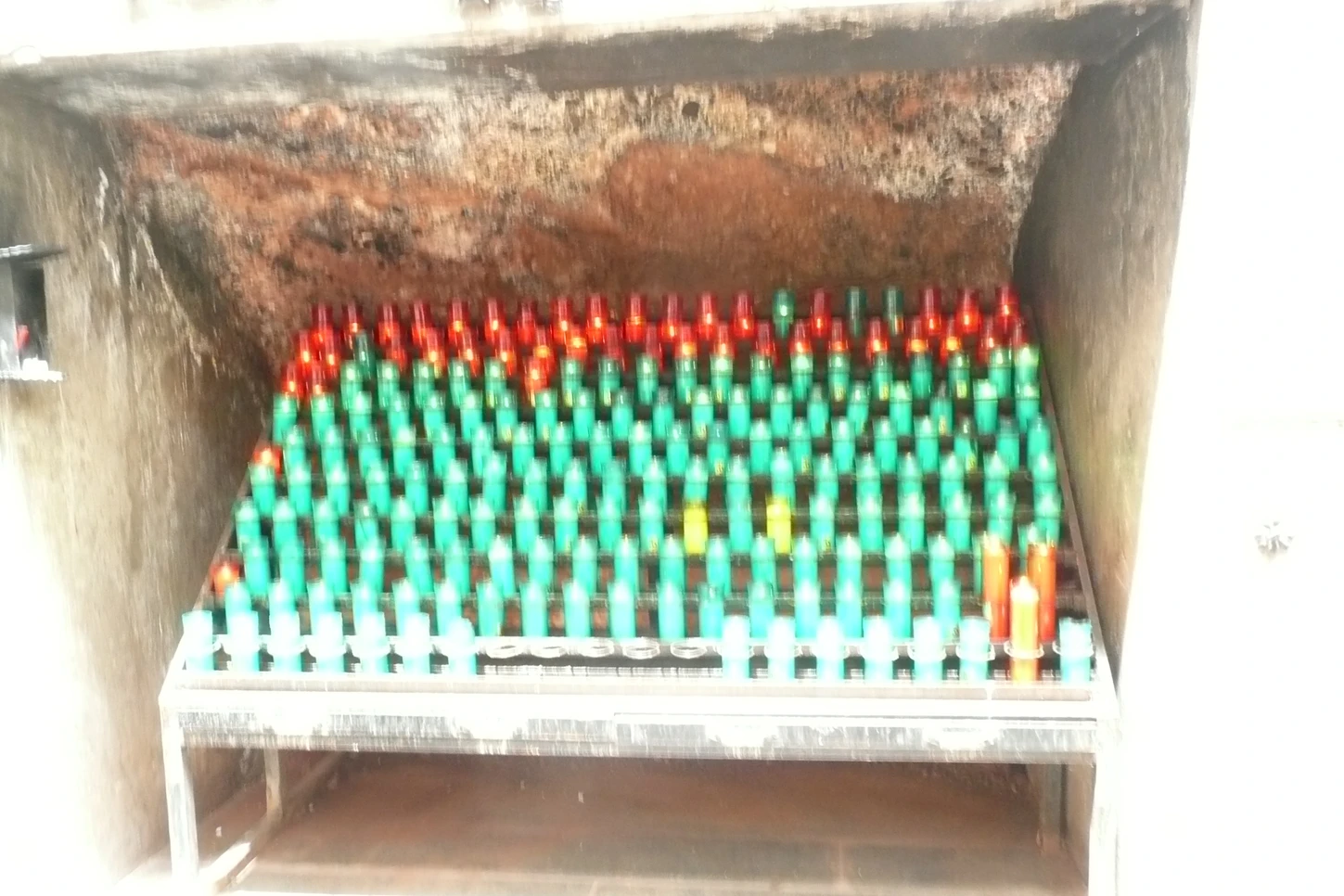




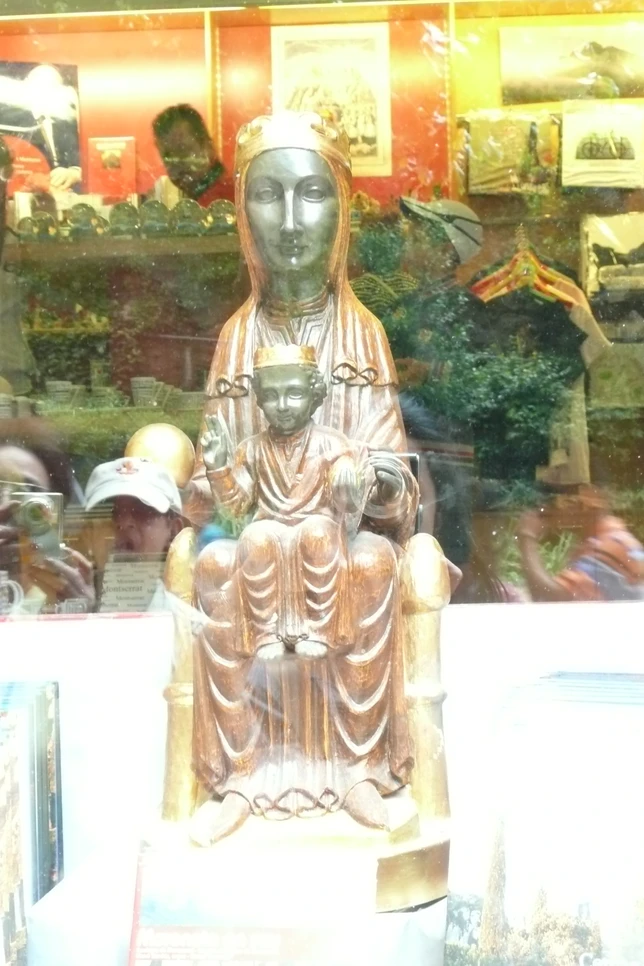





















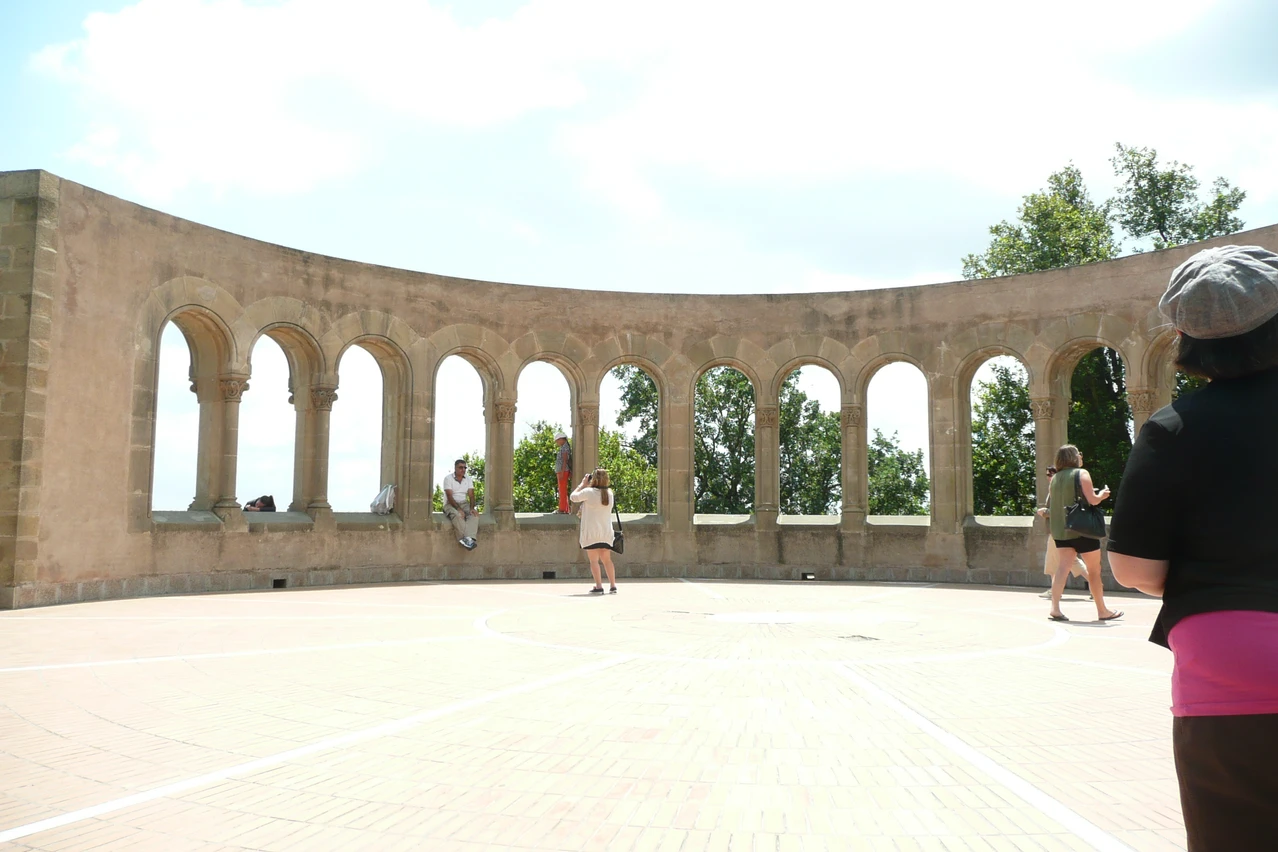


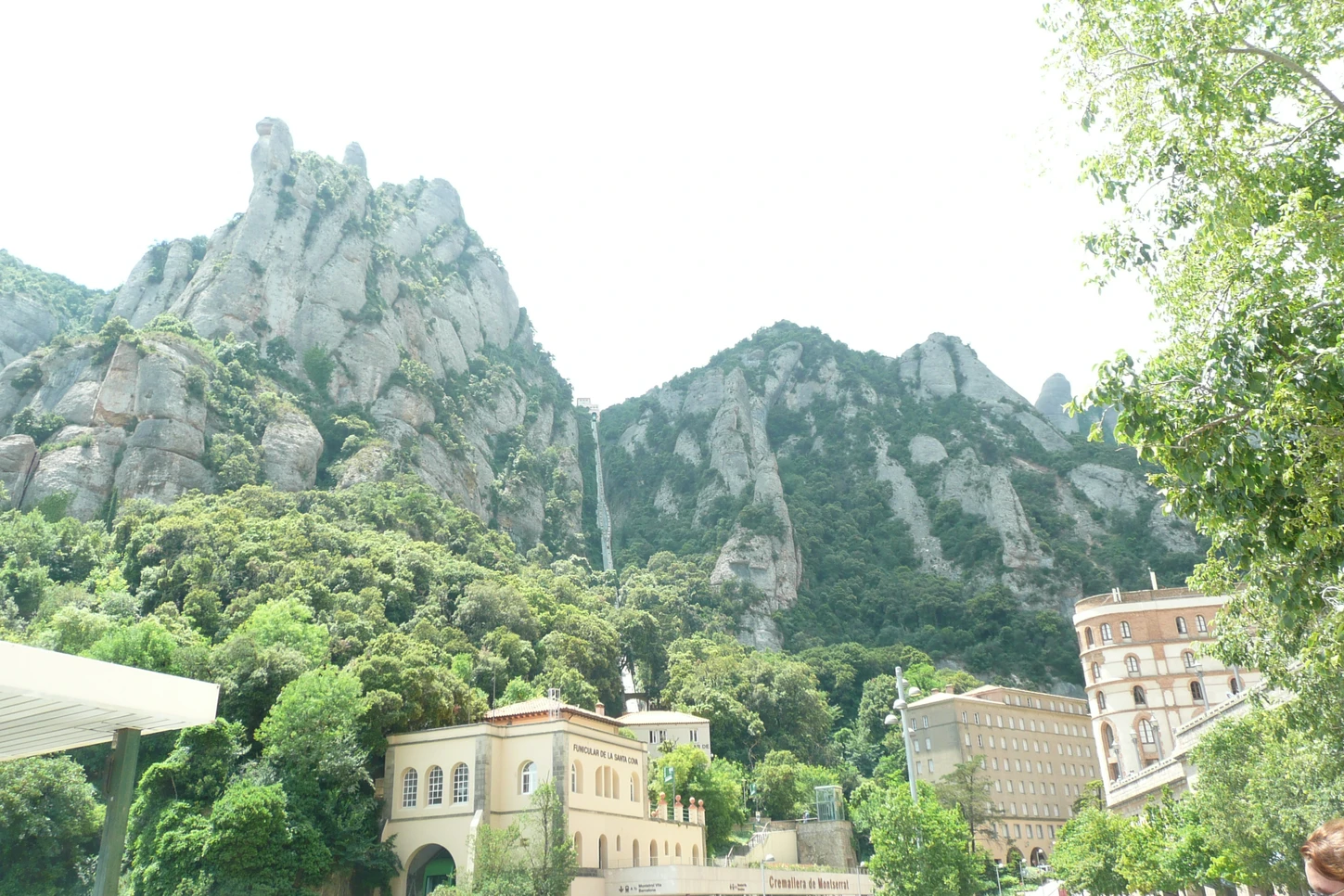












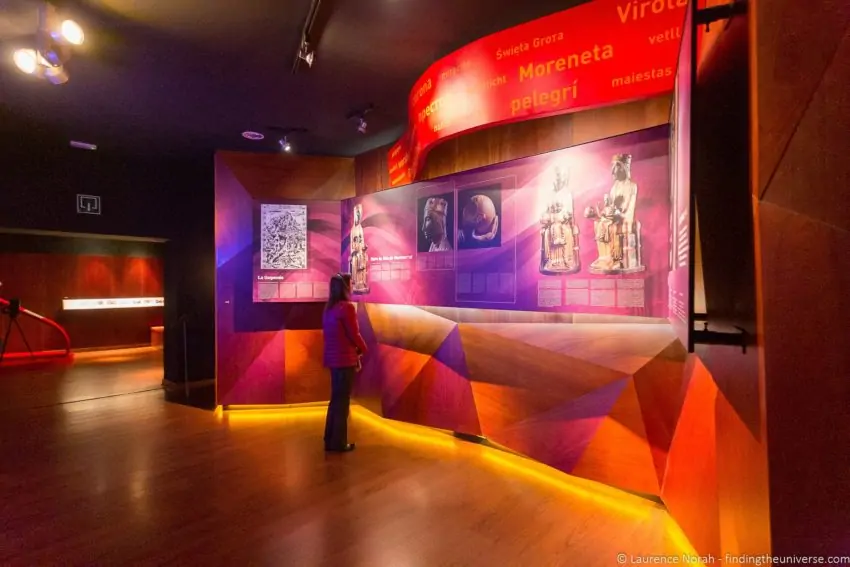


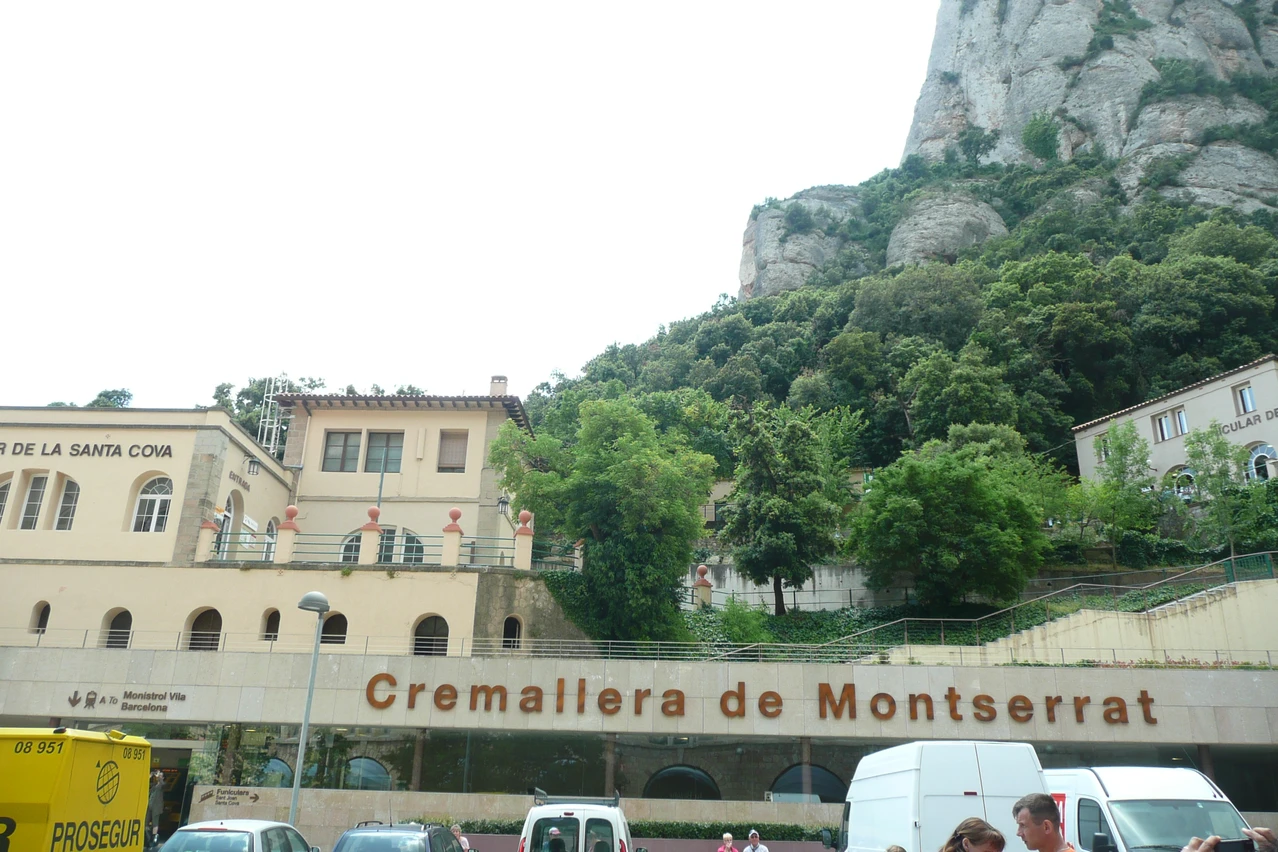
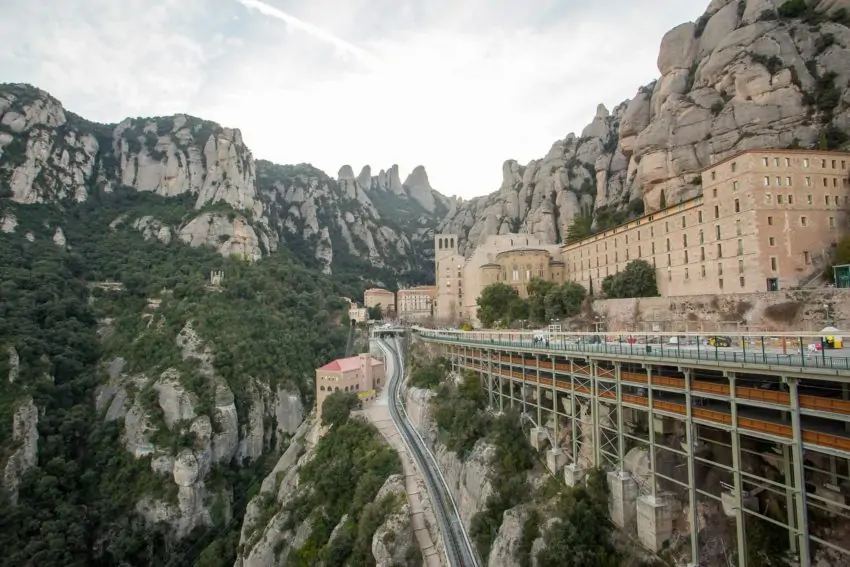




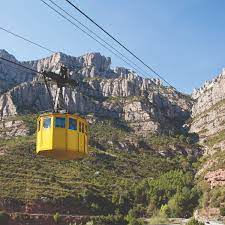

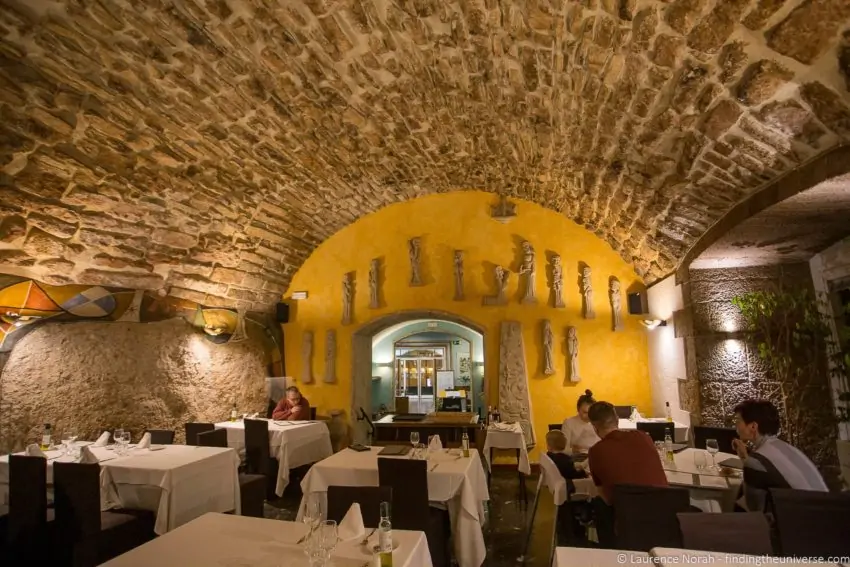

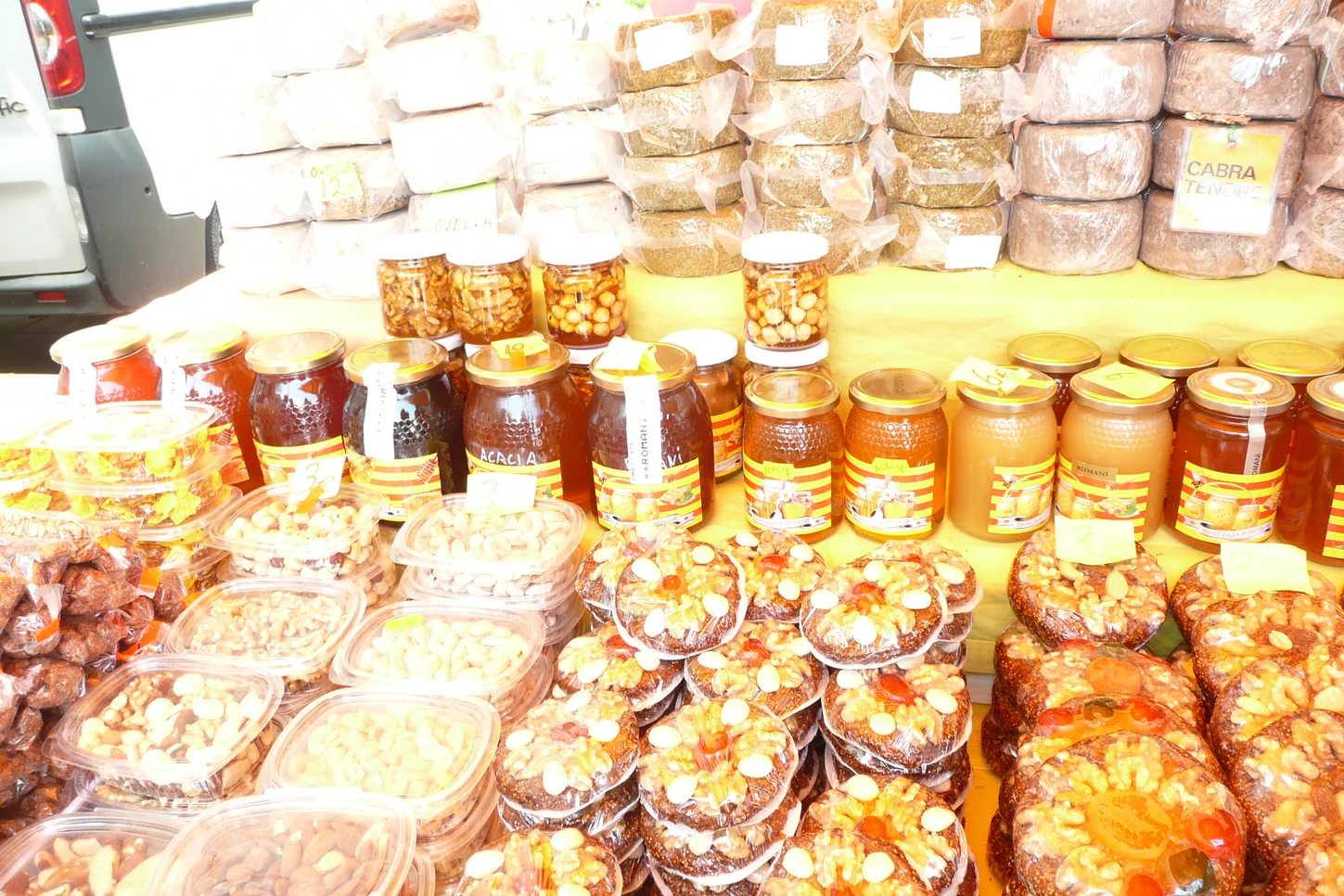
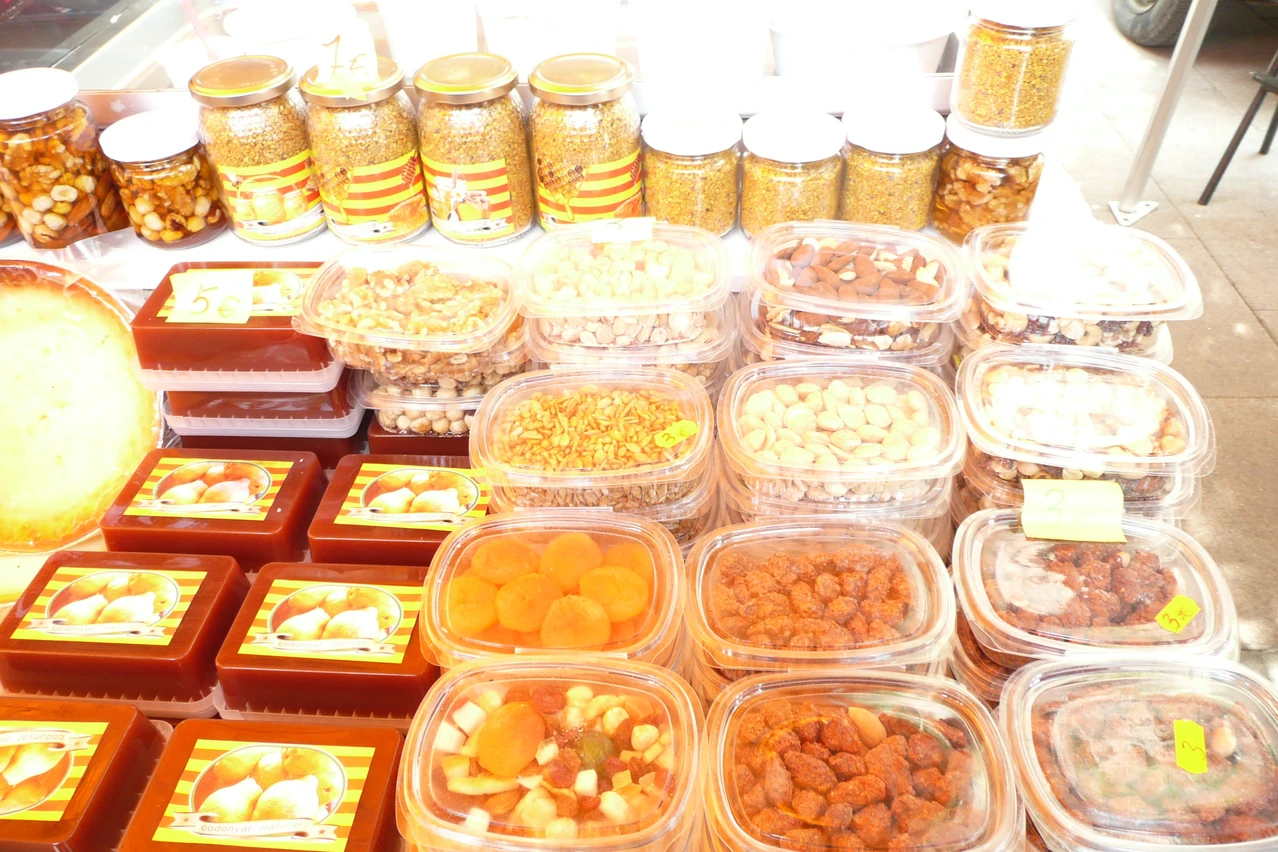
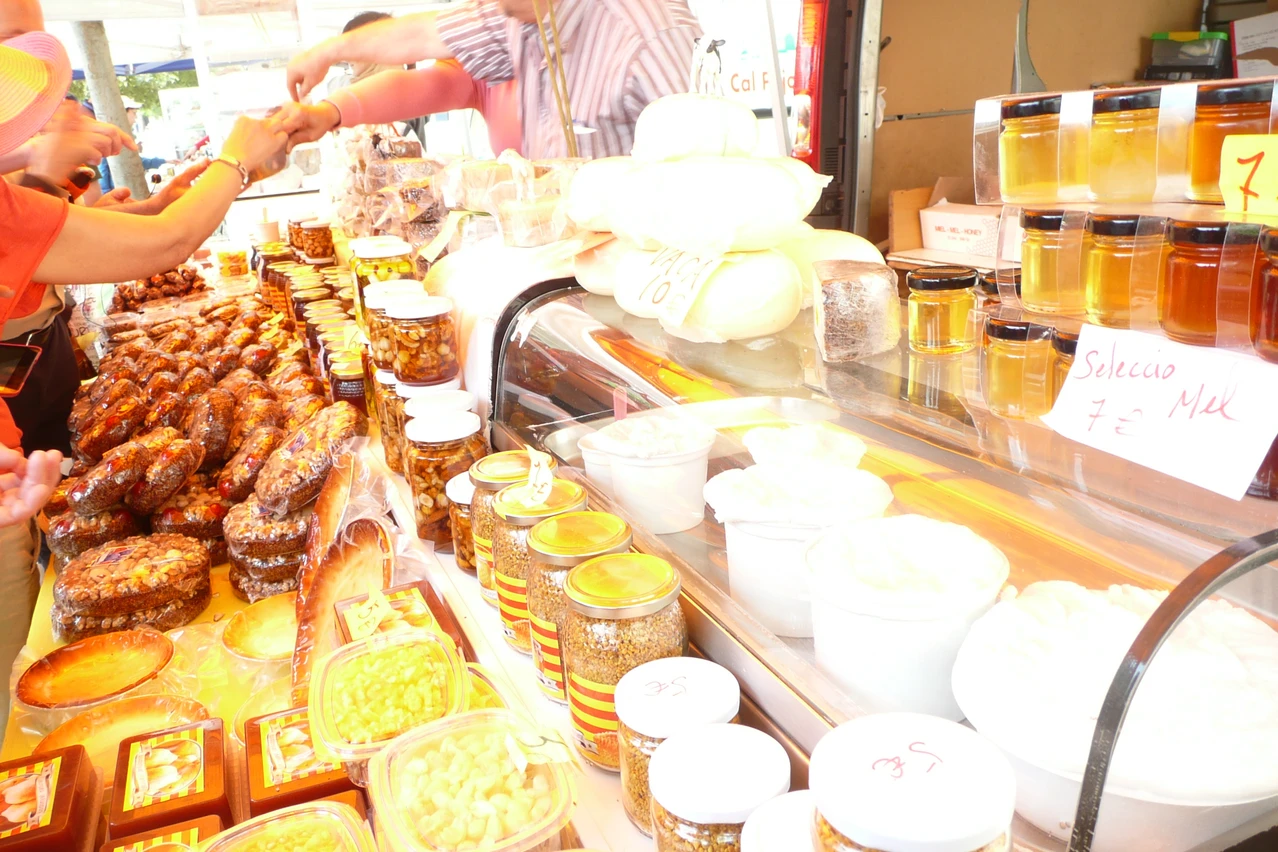
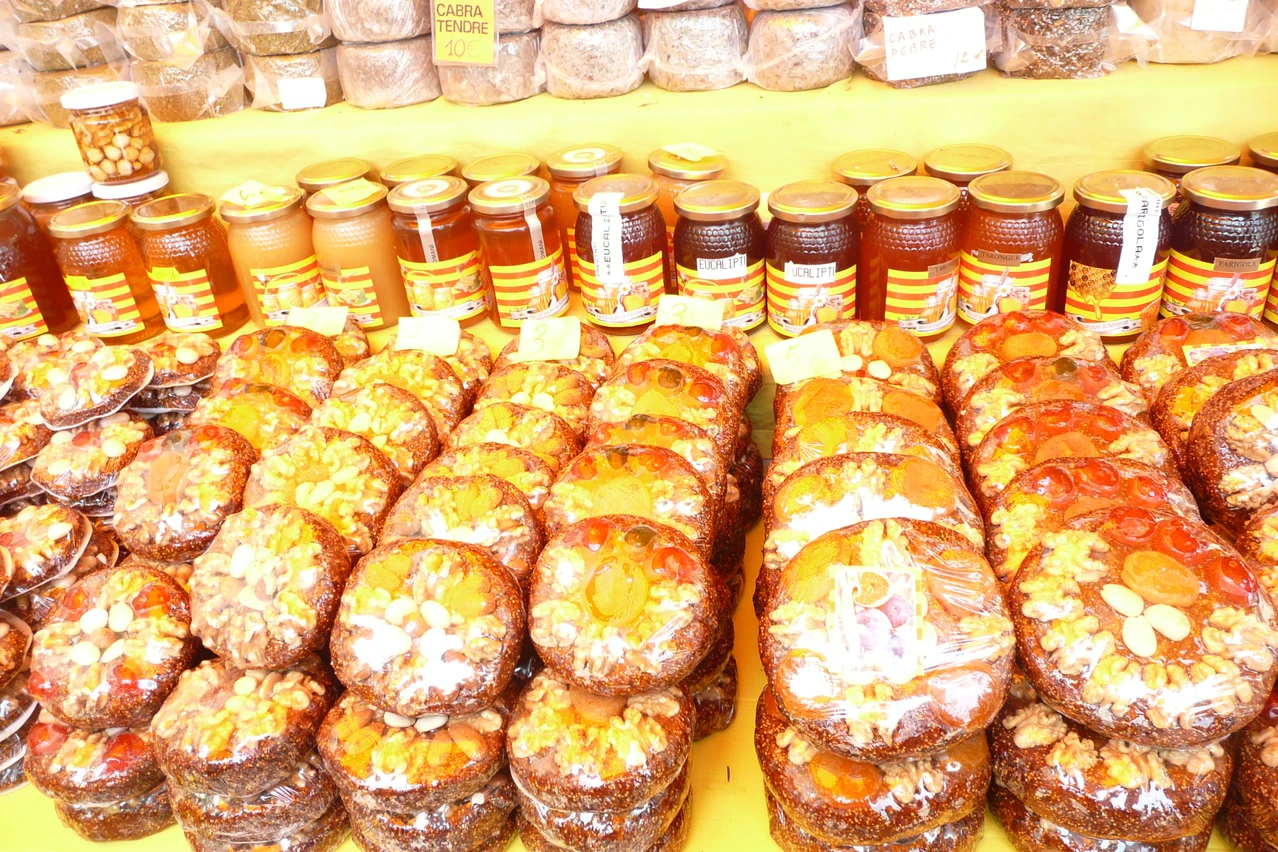











Comments